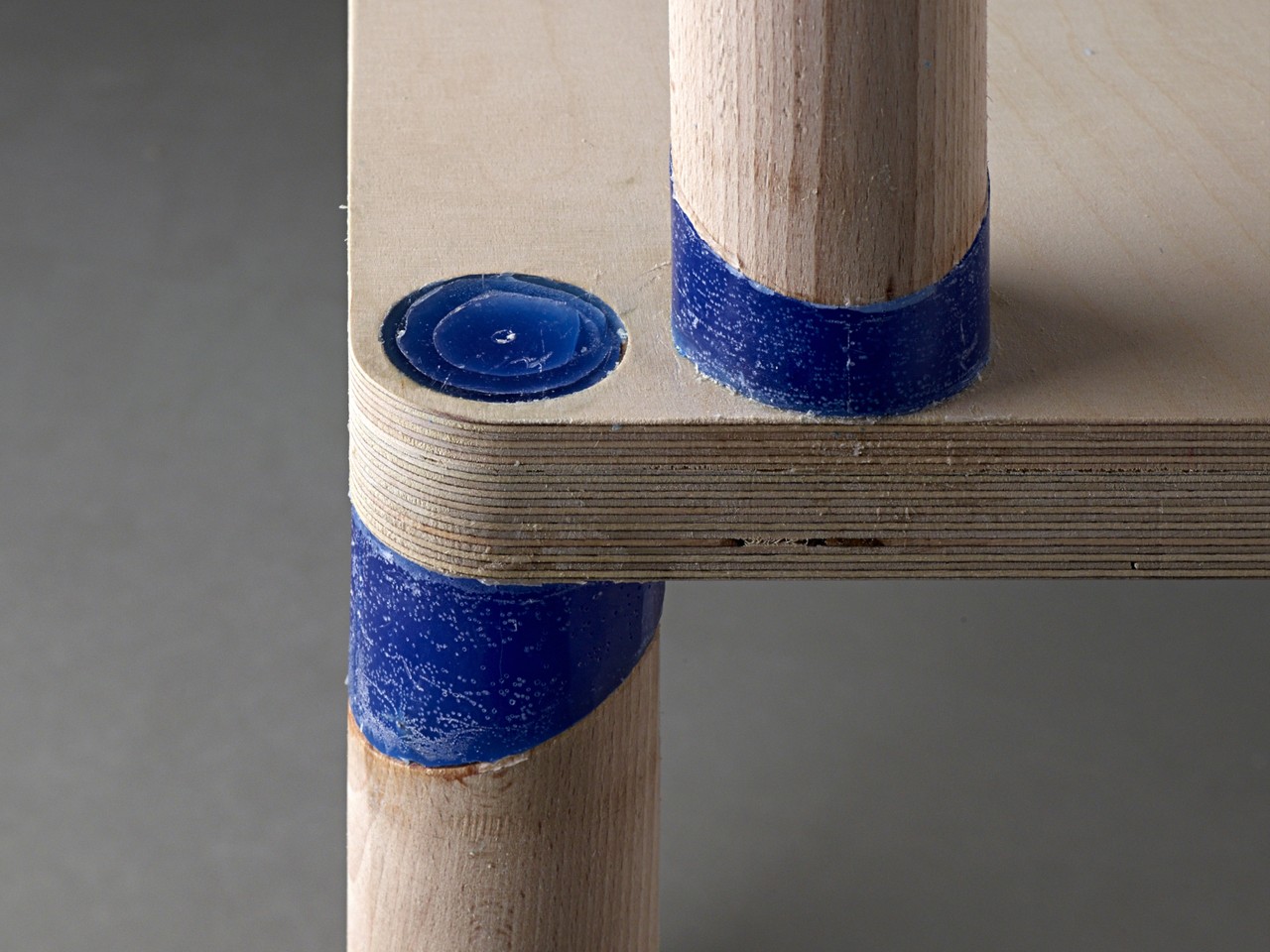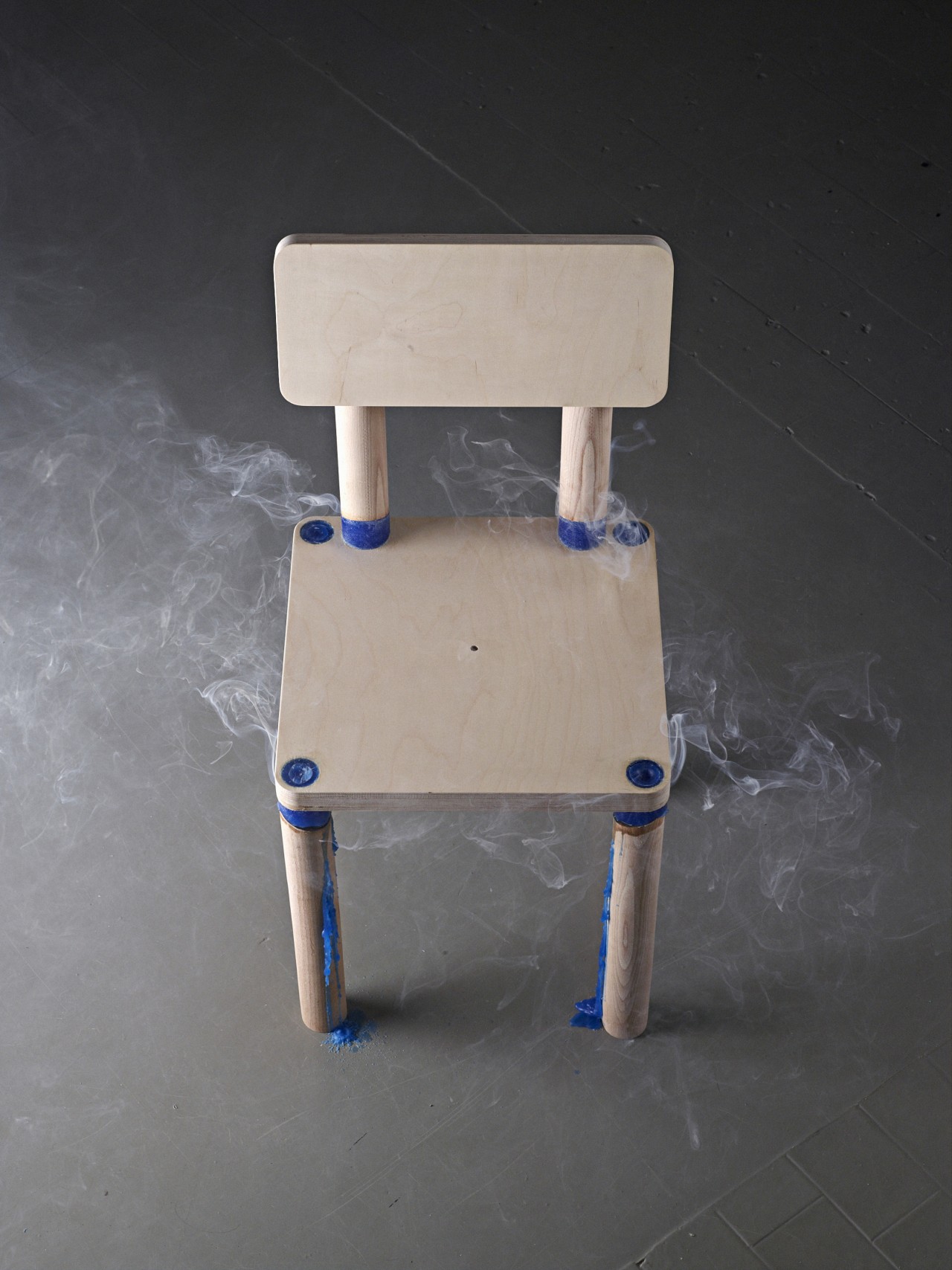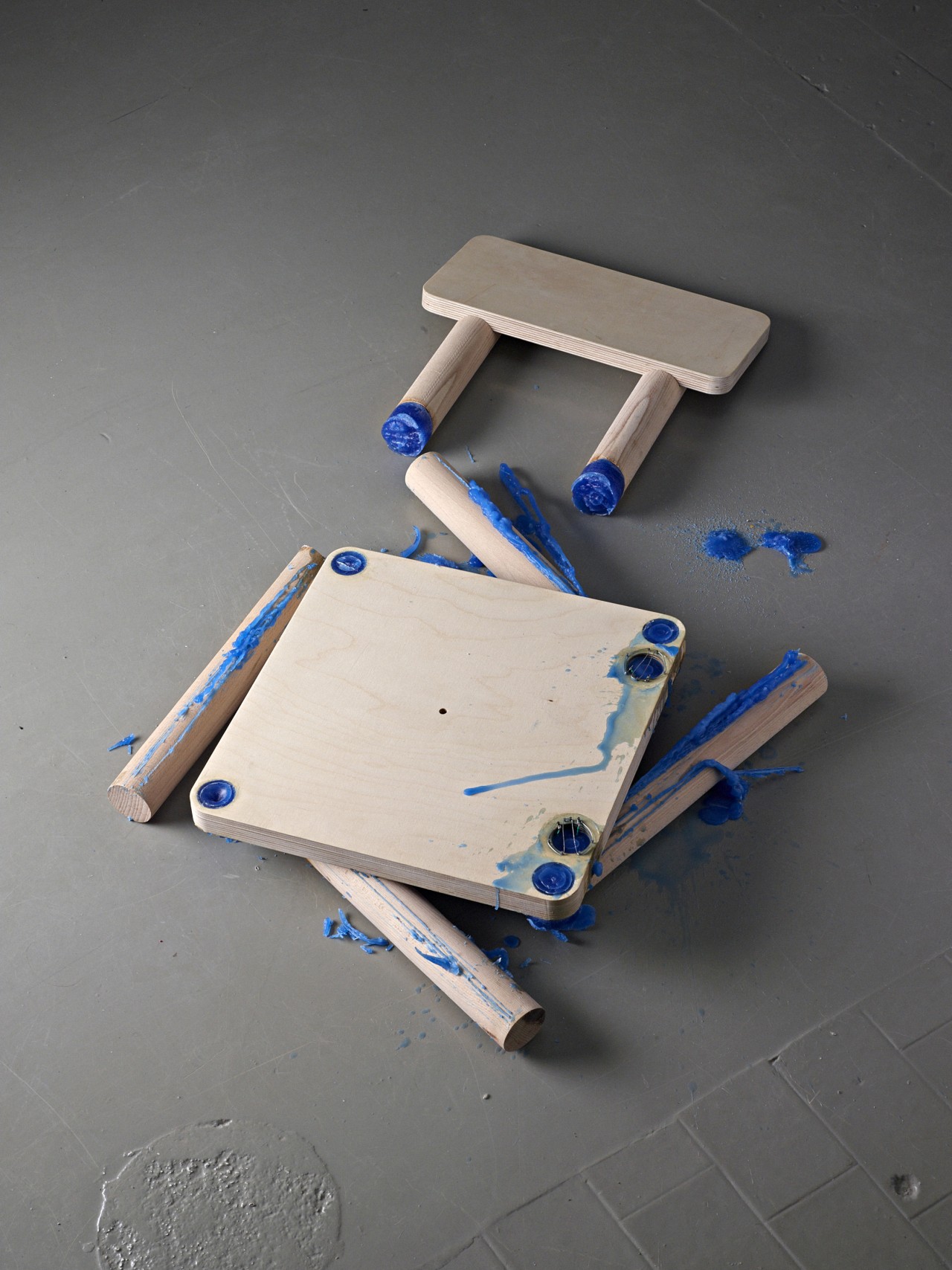
What is the main purpose of the concept of destruction in the arts?
The concept of destruction in the arts is to create value. As with many of the endeavours humans embark on, we, as sentient beings, strive to derive meaning out of our decisions and actions.
“Through the careful design of game mechanics, destruction can create value: It converts material value into social value by generating a conversational artifact that helps the owner to engage with an audience. Destruction is thus not inherently negative, but the generated social value is what gives the destruction a purpose.” 1
This excerpt from the paper “Destructive Games: Creating Value by Destroying Valuable Physical Objects” by David Eickhoff, Stefanie Mueller, and Patrick Baudisch explains the key mechanics behind the value of such an endeavour.
On first glance, I could not comprehend how actual destruction of any physical object can be desirable, much less a valued item for that matter.
On reflection, I realised that a quintessential, socially-accepted equivalent would be the act of cremation. Perhaps slightly far-fetched and not relevant to the arts, I can still draw parallels to the topic on hand. The practice of cremation creates a sense of closure, an ending of sorts, to the lifecycle of a human. Loved ones can either feel relieved, or heartbroken. Either way, there is undoubtedly substantial emotional value being generated here.
What effect does irreversible consequences have on the participants of the artwork?
The researchers initially hypothesised that the fascination of destruction in itself was sufficient to create an interest in participants to… participate.
However, participants remarked that they were deeply affected by their material loss as well. Genuine frustration was also experienced by losers. The researchers had hoped to achieve a ‘positive’ net gain at the end of the experiments.
Interestingly, when these losses inadvertently became conversation starters, the frustration was replaced by fascination and excitement. The sharing of ‘damaged’ memorabilia turned the previously undesirable experience into something noteworthy and memorable. From here, the researchers have found a way to transform the net gain to ‘positive’!
In a sense, this is similar to how we can trivialise embarrassing situations by joking about them, rather than avoiding them like the plague.
What value does destruction bring to the artwork?
In the research paper, most of the value that was derived from the experiments were of the ‘social’ type.
“Since destructed artifacts cause a special fascination, they can cause viral effects when evidence of the destruction is shared online.” 2
The social value is created from the recollection of the destruction process, as such can be labeled as a ‘form of achievement’; a rite of passage per se.
Things Come Apart, 50 Disassembled Objects in 21,959 Individual Parts by Todd McLellan
In the alternative form of ‘destruction’ shown above, we can see that Todd McLellan has managed, through skilful hands, to open a window to the internal workings of modern objects such as laptops, phones and chainsaws. I would even casually surmise that these images could inspire our next generation of inventors.
Returning to the paper’s findings, the conclusion drawn was that the generated social value would not have been possible without the destruction in the first place. Direct causality may be considered cliche here, but a key belief in Hinduism states that with creation comes destruction, highlighting the cyclical nature of the world we live in.
The games that were employed in the research may seem non-consequential and trivial at best, but when these principles are applied to serious issues, its potency cannot be underestimated.
Introducing … the DRM Chair 1
In short, DRM Chair will ‘self-destruct’ after being sat on for eight times.
What?!?? Tell me how does it work?
- A small sensor detects when someone sits.
- When he/she stands up, the chair knocks a number of times to signal how many uses are left.
- Upon reaching zero, the self-destruct system is activated and the chair’s structural joints are melted.
- The cast-wax block(colored part) is embedded with nichrome wire; which heats up and melts the wax.

Source: http://thomas-grogan.com/drm-chair

Source: http://thomas-grogan.com/drm-chair
Great, so we have a useless chair that destroys itself after eight sittings. What’s the point here?
Let’s take a few steps back and talk about something else. It’s goes by the same acronym: Digital Rights Management(DRM, duh…)
Wikipedia has a pretty drab explanation for nerds and technical people, so I will spare you the torture 😉 .
In a nutshell, it is similar to the following existing implementations:
- Serial keys for Windows OS or another other applications
- Region-locked DVDs
So imagine a technology(DRM) that would digitally ‘lock’ the following items:
- Ebooks
- Music CDs
- Purchased online music that has been downloaded to your devices
- Even games !!!
DRM-Chair is presumably mimicking the region-locked DVDs that can only be ‘unlocked’ in a set number of devices. Imagine you payed for a $50 DVD set(perhaps Lord of the Rings trilogy), that can only be played on 4 of the 20 devices that you own(I think I have about 10, excluding my family members, so 20 is probable). Using DRM, corporations will be able to set additional arbitrary limits on how consumers use the products that they have rightfully purchased and own.
Thankfully, DRM has suffered numerous setbacks, mainly due to significant unpopularity (Wikipedia article, ‘opposition’ section). Prominent setbacks include iTunes’ eventual decision to make their songs DRM-free; games have been pretty much untouched.
So how does this relate to the idea of destruction creates value?
Here, the chair has been aptly chosen to represent the object of choice for eventual destruction. At the start, the chair’s intrinsic value lies solely in its material value. However, because it gets destroyed after eight sittings, I propose that the chair has suddenly taken on more significance.
The now destructed chair symbolises a form of peaceful protest; a reflective meditation, on the idea of appropriating DRM technology for subverting digital duplication. This idea is deemed fundamentally flawed by many, as digital technology is all-encompassing; it is readily available and easily accessible. Duplication should be honored as one of its key strengths, and not as a threat that must be subverted at all costs.
The resultant broken chair did generate significant coverage from the Internet:
- This ‘DRM’ Chair Will Self-Destruct After Eight Uses | Popular Science
- The DRM Chair Self-Destructs After Just 8 Uses – Fast Company
- The DRM on This Chair Makes It Melt Down After Eight Uses – Gizmodo
- DRM Chair Falls Apart After 8 Uses On Purpose | The Mary Sue
- A DRM protected chair that explodes after use | ZDNet
- #drmchair hashtag on Twitter
- DRM Chair self-destructs after eight uses | PCWorld
- DRM for furniture: You wouldn’t download a chair – Geek.com
- DRM Chair – Chair that self-destructs after 8 uses – fabric | rblg
The simple, plain chair has now been transformed into an object of debate, stimulating discussions on the once pertinent issue of DRM.

Source: http://thomas-grogan.com/drm-chair
Looking now at the broken chair, we are reminded of the ridiculous nature of our attempts(some of us, not all) to go against the natural order of things.
Additional materials(DRM-free):
References:
- Destructive Games: Creating Value by Destroying Valuable Physical Objects, pg 3973
- Destructive Games: Creating Value by Destroying Valuable Physical Objects, pg 3973
- Les Sugus (Gianfranco Baechtold, Laurent Beirnaert, Pierre Bouvier, Thibault Brevet, Raphaël Constantin, Lionel Dalmazzini, Edina Desboeufs, Arthur Desmet, Thomas Grogan)
Sources:
- Things come apart by Todd Mclellan: thisiscolossal.com
- DRM-Chair on Thomas Grogan’s site
- Detailed article on inner workings: Experimental Publishing Informed By Digital Technology
- Fastcompany’s article